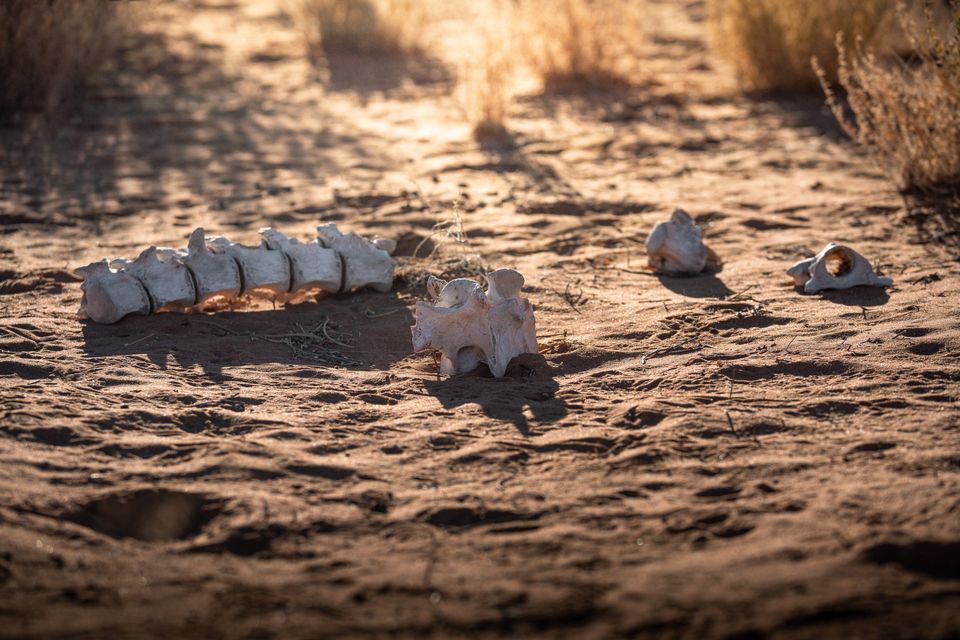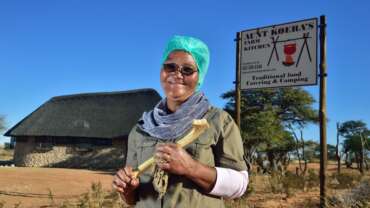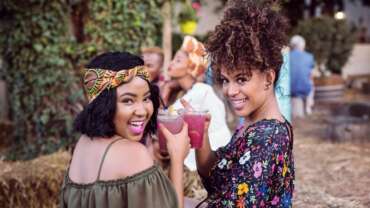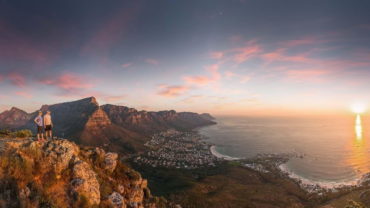South African cultural museums: rich traditions and history all over
With our plethora of diverse cultures, it’s little wonder that we have many cultural museums in South Africa. Besides the wider known national and provincial institutions, there are countless exhibitions throughout the country: in small towns, in townships and in rural areas. Some of them come in the form of cultural villages, with reconstructed traditional homesteads. Here they demonstrate aspects of traditional life.
Cape Town is home to several South African cultural museums, many managed by Iziko Museums. One especially colourful one is in the Muslim neighbourhood of Bo-Kaap. Others include house museums such as Koopmans-De Wet House, Bertram House and Groot Constantia.
Another culture worth examining in Cape Town is that of the coloured community – a term with a distinct meaning from South Africa’s segregated past. After the arrival of Dutch settlers at the Cape in 1652, the local Khoisan clans on and around the Cape Peninsula were rapidly displaced, killed or assimilated into the colony’s slave population, which included people from South-East Asia and both the Atlantic and Indian Ocean coasts of Africa.
This melting pot also quickly included the offspring of colonial slave masters. By the time slavery was abolished in the 19th Century, this had created a mixed-race underclass with African roots who were nevertheless more ‘Europeanised’ than other indigenous peoples: South Africa’s ‘so-called coloured’ group. Part of their story (and that of other groups) is related at the District Six Museum, in the context of apartheid and its policies of segregation.
Two other cultural influences showcased in Cape institutions are the French and the Afrikaners. The French came to the Cape some 300 years ago as Huguenot refugees and although they long ago assimilated into the Afrikaner population, their influence is still felt. The Afrikaner culture, with its roots in Dutch, French and German settlers – creolised under the influence of Asian and African slaves, and giving rise to many coloured people who see themselves as just as Afrikaans as their white counterparts – is very much alive and still being shaped, as is evident at the Afrikaans Language Monument and Museum in Paarl.
Johannesburg represents the country’s largest melting pot, and is the location of one of the most wide-ranging of South African culture museums, Museum Africa, which brings to riveting life all those cultures that poured onto the Witwatersrand Reef in search of gold.
In KwaZulu-Natal the Zulu culture is iconic, and a museum that brings its customs and traditions to the fore is the KwaZulu Cultural Museum at Ondini, an area rich in battlefield history.
Even in South Africa’s heartland, the vast Karoo, there are any number of cultural museums that tell the story of its diverse peoples. Graaff-Reinet, for instance, has a collection of well-maintained cultural museums, and smaller towns like Richmond have kept their historic collections. You will even find well-kept collections on many of the guest farms scattered throughout the Great and Little Karoo.








